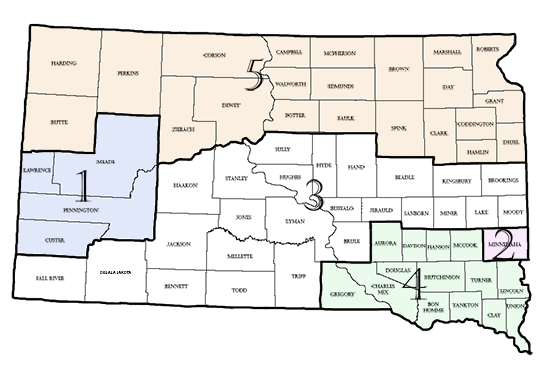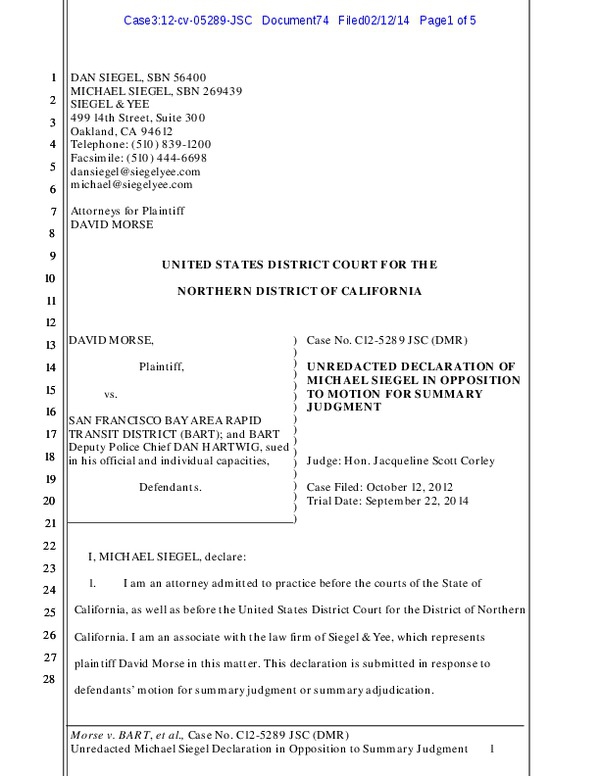Rules Of Federal Court 1995 Pdf


These rules govern the procedure in all civil actions and proceedings in the United States district courts, except as stated in. They should be construed, administered, and employed by the court and the parties to secure the just, speedy, and inexpensive determination of every action and proceeding. Notes(As amended Dec. 29, 1948, eff. 20, 1949; Feb. 28, 1966, eff.

July 1, 1966; Apr. 22, 1993, eff. 1, 1993; Apr.
30, 2007, eff. 1, 2007; Apr. 29, 2015, eff. 1, 2015.)Notes of Advisory Committee on Rules—19371. Rule 81 states certain limitations in the application of these rules to enumerated special proceedings.2. The expression “district courts of the United States” appearing in the statute authorizing the Supreme Court of the United States to promulgate rules of civil procedure does not include the district courts held in the Territories and insular possessions.
Also, I was right about Creative Alchemy for those using a Sound Blaster on their Windows gaming rig, because it is one of the very few educational games from Simon and Schuster and Boston Animation to support native surround sound, either 5.1 or maybe 7.1. M&ms lost formulas - pc/mac.
Federal District Court Rules
See Mookini et al. United States, 303 U.S. 201, 58 S.Ct. 543, 82 L.Ed. 748 (1938).3. These rules are drawn under the authority of the act of June 19, 1934, U.S.C., Title 28, §723b see 2072 (Rules in actions at law; Supreme Court authorized to make), and §723c see 2072 (Union of equity and action at law rules; power of Supreme Court) and also other grants of rule making power to the Court.
See Clark and Moore, A New Federal Civil Procedure—I. The Background, 44 Yale L.J. 387, 391 (1935). Under §723b after the rules have taken effect all laws in conflict therewith are of no further force or effect.
In accordance with §723c the Court has united the general rules prescribed for cases in equity with those in actions at law so as to secure one form of civil action and procedure for both. See Rule 2 (One Form of Action).